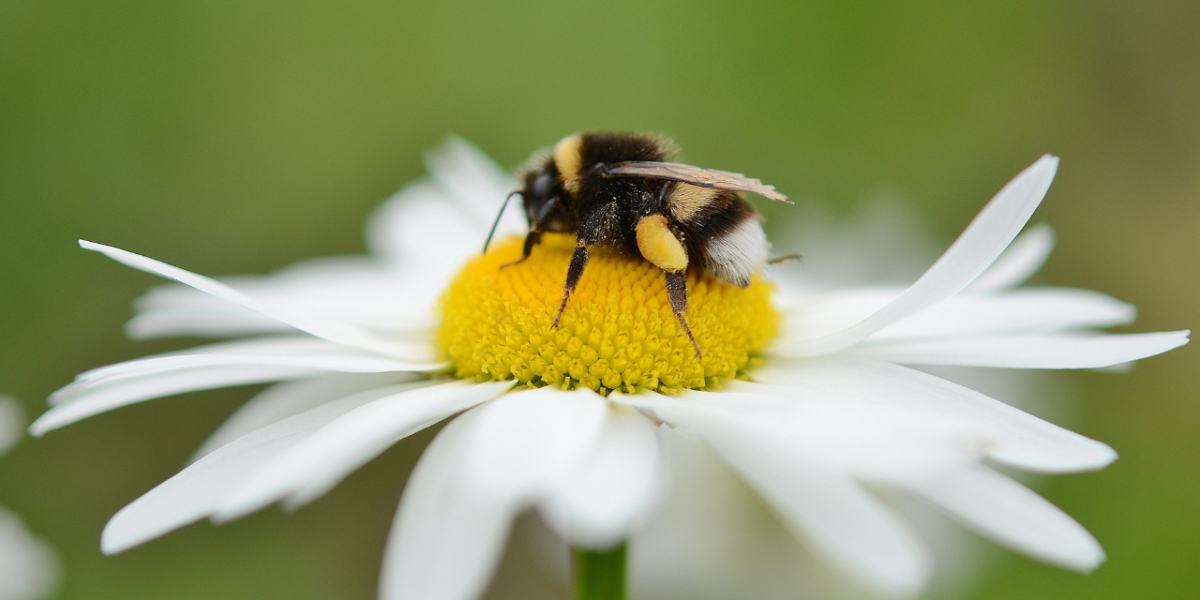Bees, those industrious pollinators crucial for the survival of ecosystems, come in a multitude of forms. Understanding the various types of bees is not only fascinating but also essential for appreciating the complexity of nature's design. In this comprehensive guide, we uncover the diverse world of bees, shedding light on their different types of bees that contribute to the harmony of our environment.
Among the myriad types of bees, honey bees stand out as one of the most familiar and economically important species. Living in complex social colonies, honey bees play a vital role in pollinating a wide variety of plants, including many agricultural crops. Within a hive, there are three primary castes: the queen, responsible for laying eggs; the workers, who gather nectar and pollen; and the drones, whose sole purpose is to mate with the queen.
Bumblebees, with their distinctive black and yellow stripes and fuzzy bodies, are another well-known type of bee. Unlike honey bees, bumblebee colonies are relatively small and are often found nesting in underground burrows or abandoned rodent dens. Bumblebees are highly efficient pollinators, using their unique buzzing technique to release pollen from flowers, making them essential for the reproduction of many plant species.
Click here for hassle-free bee removal services at https://www.ecobeeremoval.com/
Mason bees, while less famous than honey or bumblebees, are equally important pollinators in their own right. These solitary bees, often referred to as blue orchard bees, construct their nests in pre-existing holes or crevices, such as hollow stems or woodpecker borings. Mason bees are excellent pollinators of fruit trees and other flowering plants, making them valuable assets to orchards and gardens.
Carpenter bees, as their name suggests, have a particular affinity for wood. Unlike honey or bumblebees, carpenter bees are solitary insects, each female excavating her own nest tunnel in dead wood or structural timbers. While they may sometimes cause damage to wooden structures, carpenter bees are essential pollinators and play a vital role in the reproduction of many plant species.
Leafcutter bees are renowned for their unique nesting behavior. These solitary bees use circular pieces of leaves to construct their nests, which are often found in pre-existing cavities or artificial nesting blocks. Leafcutter bees are highly efficient pollinators of many crops, including alfalfa, blueberries, and onions, making them indispensable to agricultural productivity.
Sweat bees, despite their unassuming name, are important pollinators in many ecosystems. These small bees, often metallic green or blue in color, are attracted to the salts found in human sweat and can often be seen landing on sweaty skin. Sweat bees play a vital role in pollinating many wildflowers and crops, contributing to the diversity of plant life.
Mining bees, also known as ground bees, are solitary insects that nest in underground tunnels. These bees emerge in early spring and are important pollinators for many early-flowering plants, including fruit trees and wildflowers. While they may go unnoticed by many, mining bees are crucial contributors to ecosystem health and biodiversity.
In conclusion, the world of bees is a diverse and fascinating one, with each type of bee playing a unique role in pollination and ecosystem stability. From the industrious honey bee to the solitary mining bee, these remarkable insects contribute to the beauty and richness of our natural world. By understanding and appreciating the different types of bees, we can work towards conserving their habitats and ensuring their continued survival for generations to come








